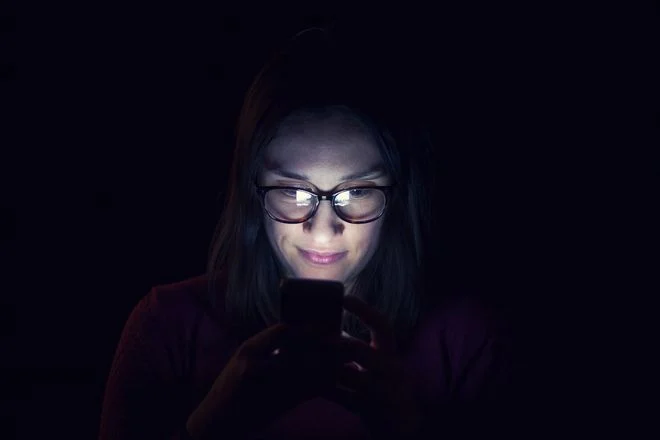News >

Omnicom Looks to Measure Ads Based on Consumer Attention
SC Johnson is first brand to test how much attention viewers pay to ads and how likely they are to make a purchase
Advertisers have long paid for media based on whether their ads are actually seen by consumers. Now Omnicom Media Group, working with Australian-based analytics firm Amplified Intelligence, wants to measure whether people are actually paying attention to these ads.
Omnicom struck a deal with Amplified Intelligence to bring its attention measurement data to the company’s Omni data platform. SC Johnson, maker of Windex, Pledge, Method and Mrs. Meyers, is the first company to publicly utilize the data across several brands.
“As a business, we are always focused on driving for more effective consumer connections in order to drive better brand and business growth,” Christian Gradumuller, VP, global marketing and head of global media for SCJ said in a statement.
For OMG, using Amplified Intelligence is one way to value one impression over another, reducing waste in budgets and ultimately increasing return on investment, says Chrissie Hanson, global chief strategy officer.
“It’s a reinjection of the rigor into what we do,” Hanson says. “The battleground being fought by brands is around consumer attention, and I know we have the playbook to win that battle.”
Ultimately, she says having more forward-thinking brands adopt attention measures could help make them an essential part of upfront and NewFront negotiations next year, when media companies look to secure early ad commitments from brands.
“I’m actually quite pleasantly surprised by the platforms,” Hanson says. “I don’t know if they’re nervous or they’re just excited like we are. Either way, there is definitely movement by well-known platforms to be involved, and that says to me that they respect that human attention is valuable.”
Watching you watch ads
Amplified Intelligence’s attentionTRACE data comes from panels of 3,000 to 5,000 people installing an application programming interface (API) on their phones that essentially watches them watching ads and records how long they pay attention.
For linear TV, the system works using “an iPod on a tripod” in homes to similarly record viewing, says Karen Nelson-Field, founder and CEO of Amplified Intelligence and author of “The Attention Economy And How It Works: Simple Truths for Marketers.”
Panelists who’ve been exposed to ads are directed to a virtual shopping experience with simulated store shelves and product choice surveys to measure the impact that attention has on buying intent.
It’s all quite intrusive compared to other audience measurement approaches, and that’s why users, recruited through local panel providers, are asked three times for consent to permit access to their cameras and homes, Nelson-Field says.
Data is anonymized, and when panelists are done with their term of work, the tracking app is removed from their phones. Because Nelson-Field is wary of panelists becoming trained to watch ads more closely during their time on the panel, she looks to rotate them out quickly.
Measurement firms also use duration of view metrics to judge media quality, but those are a poor substitute for measuring attention, Nelson-Field says. Just because an ad is running in view doesn’t mean anyone is watching. Indeed, while prior research by NCSolutions has shown positive links between duration of view and brand sales, it also has shown negative marginal returns as view times linger past 30 seconds, which may well be because the ads were allowed to keep running by people who weren’t watching at all.
“Attention measurement solves the gaping hole in impression measurement,” Nelson-Field says.
How attention gets scored
Amplified Intelligence doesn’t deliver a simple binary reading on whether someone paid attention or not. The technology analyzes a user’s gaze and scores it second-by-second based on whether the user is looking directly at the ad; whether there’s “passive attention” with eyes nearby but not directly focused on the ad; and non-attention where the user’s face isn’t detected at all.
Nelson-Field says the company’s research has found a high correlation between active attention and people remembering ads and brands, or so-called “mental availability,” which leads to sales. Its research has found a correlation of 0.83 (on a scale from 0 to 1.0) between active attention seconds and short-term advertising strength (STAS), which is an index of brand choice that compares purchase intent of people who’ve seen an ad vs. that of people who haven’t seen it.
But the fact that it’s a media agency applying attention metrics raises the question of whether media are really responsible for attention to ads, or whether the creative bears that responsibility.
The short answer is that media have a lot of responsibility, Nelson-Field says. Amplified Intelligence research finds significant attention differences on average among platforms, though she isn’t revealing how the platforms and media ranks, which she says is part of the company’s “secret sauce.” A study the firm released earlier this year with OMG found average active ad attention ranged from 3 to 4 seconds across three social media platforms.
Also, Nelson-Field says that what her firm really measures is whether media deliver enough attention – generally at least 2.5 second per ad — for the creative to have impact.
“It’s the role of media to be able to get you to the attention,” she says. “It’s the role of creative to hold on to that.”


